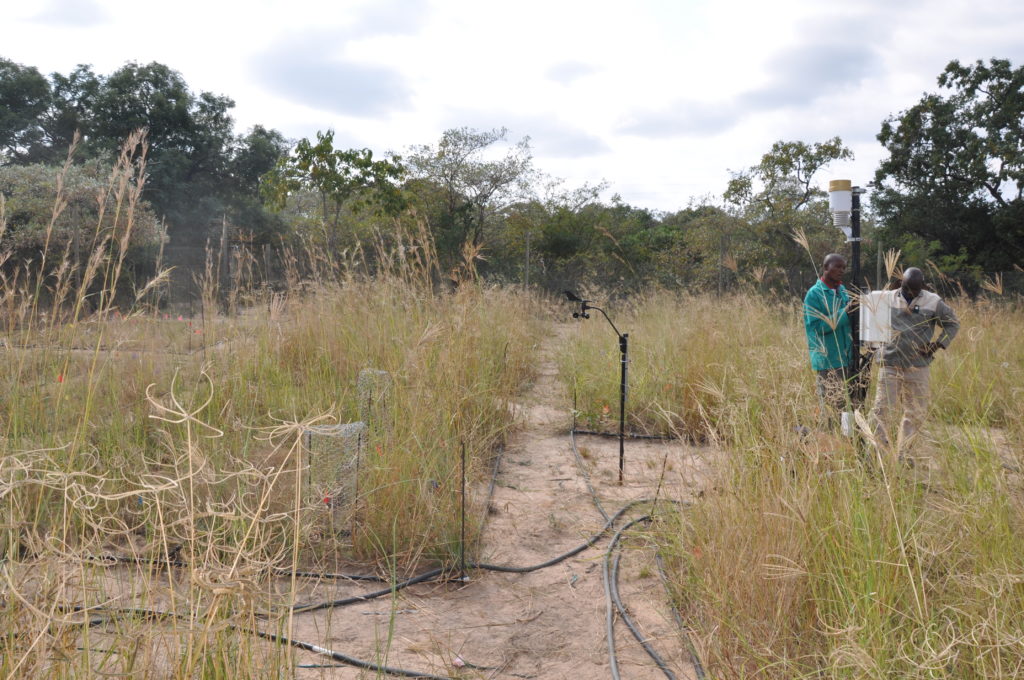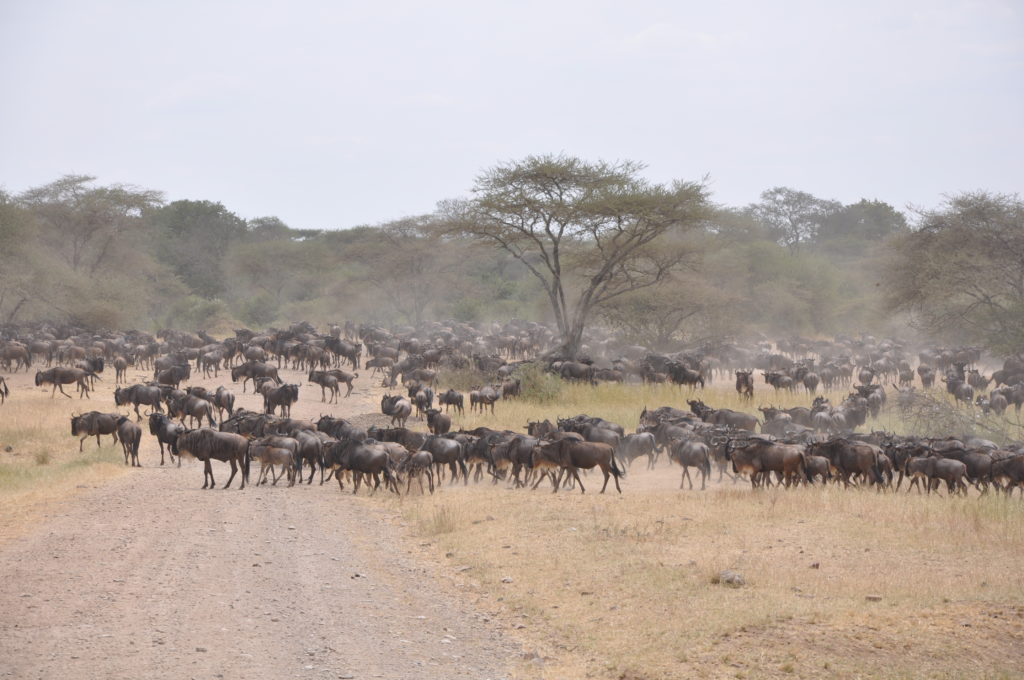The lab currently has two major areas of focus
Ecohydrological drivers of tree-grass dynamics in South Africa
A lot of attention has been devoted to understanding the relative importance of bottom-up and top-down factors in determining the distribution of savannas and explaining tree-grass coexistence across the savanna biome. What is the ultimate factor limiting tree biomass in terrestrial ecosystems? How important are niche partitioning of soil moisture between trees and grasses versus ‘demographic bottlenecks’ in determining tree cover? At what spatial scale do trees and grasses interact? The lack of a general model that can address some of these basic questions partly arises from the fact that savannas are not monolithic, and how trees interact with grasses or respond to resources and disturbance can vary widely among savanna types. A typical tree in an African savanna ecosystem must contend with a wide range of challenges throughout its lifetime, including competition with other trees and grasses for water in highly stochastic environments and periodic biomass losses to fire and megaherbivores.
In particular, there continues to be widespread disagreement about the importance and nature of niche partitioning between trees and grasses. A consequence of this disagreement is the lack of mechanistic understanding of tree-grass interactions. In the absence of such mechanisms, it becomes difficult to predict how tree-grass ratios are likely to respond to novel rainfall regimes. In fact, current conceptual models make widely divergent predictions about how tree cover is likely to respond to climate-change induced changes in rainfall regimes. Our current work is focused on a field experiment being conducted at Wits Rural Facility, South Africa, designed to understand how rainfall variability drives tree:grass dynamics. We are combining this experimental work with theoretical models and whole-plant functional trait measurements to produce a general model of tree-grass responses to climate in tropical savannas. Collaborators: Jesse Nippert (Kansas State University) and Wayne Twine (Wits University).
Funding: NSF DEB

The role of animal movement as a driver of infectious disease dynamics in Serengeti National Park, Tanzania
Animal movement shapes most ecological interactions, including parasite and pathogen transmission. The ecological effects of mobile hosts on the habitats they traverse typically manifest in two ways: via transport of energy, nutrients, and parasites and trophic modification of their resources through consumption. Movement of animals from one location to another can therefore facilitate the spread of parasites, but movement also modifies consumer-resource interactions in ways that may constrain parasite dissemination. In addition, two dominant features of movement are likely to modify the magnitude of any for parasite transmission effect: the number of animals moving (movement intensity) and the amount of time mobile animals spend in a given patch (movement duration). Despite this diverse set of pathways by which mobile animals can influence transmission risk to other species they encounter along their routes, few studies have holistically evaluated the impact of animal movement on parasite spread in any natural system.
We are using observational, experimental and modeling approaches to develop an integrated framework that links transport and trophic effects with movement intensity and duration to identify and test fundamental predictions about the impact of animal movement on parasite transmission dynamics, using the wildebeest migration of Serengeti as a model system. Collaborators: Vanessa Ezenwa (UGA), T. Michael Anderson (Wake Forest), Tom Morrison, Grant Hopcraft and Eileen Devaney (U. of Glasgow).
Funding: USDA-NIFA

